Best trees for sandy soil – arborists and horticultural experts recommend 9 varieties that will thrive in dry conditions
Discover what expert-approved types of tree to grow if you have sandy soil
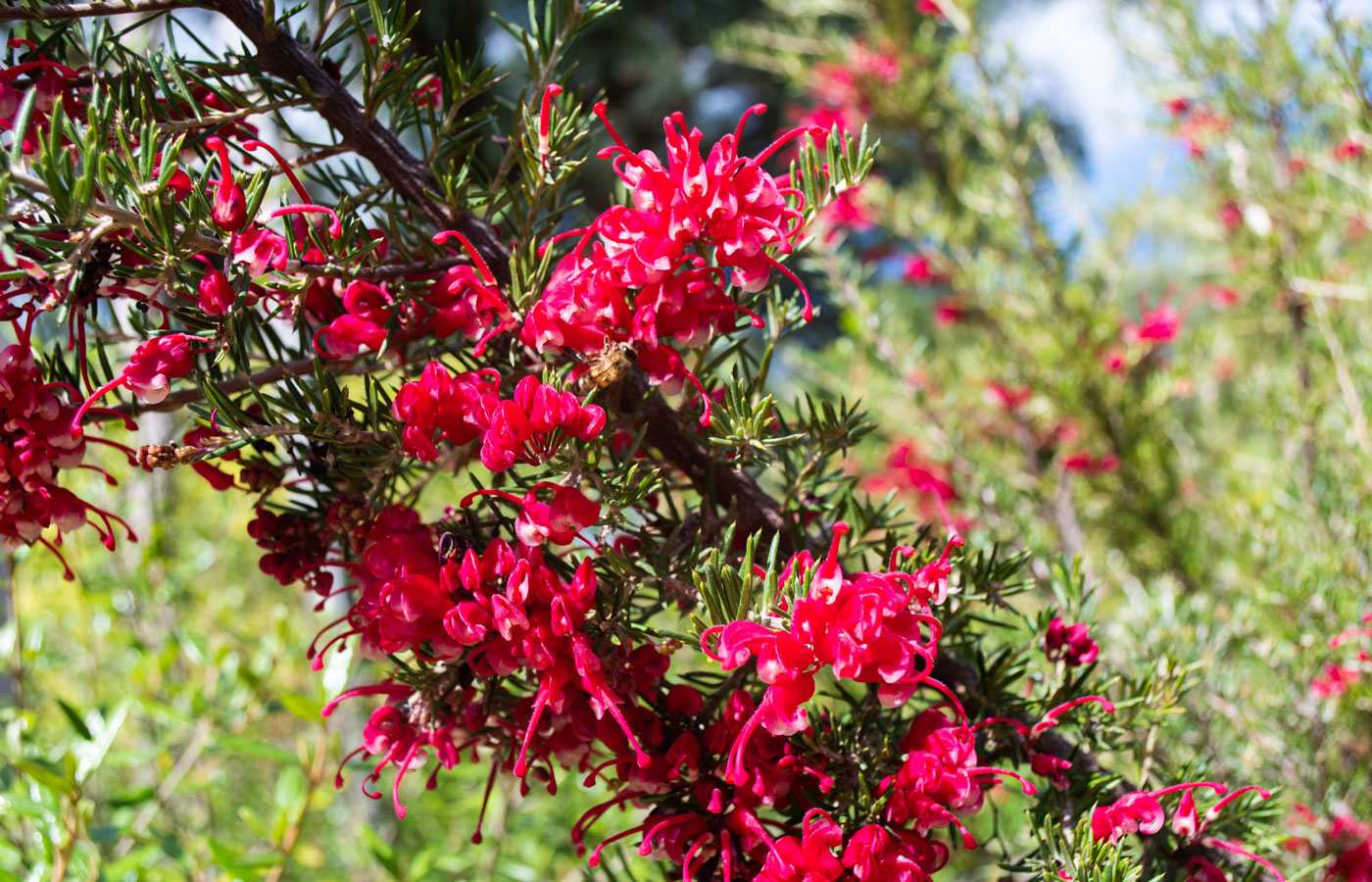

The soil in your garden is a major factor in determining which plants and trees will grow best. Sandy soil, known for its light texture and low nutrient content, can present challenges, but the good news is there are a range of trees that will flourish in sandy soil conditions including favorites like maples and oaks.
There is more to love about sandy soil, too. Trees that thrive in sandy environments are often more drought-hardy. The light texture makes sandy soil easy to work with, and its ability to warm up quickly in spring is another key benefit as the trees burst into growth earlier.
While sandy soil’s excellent drainage prevents waterlogging, trees planted in sandy soil need more frequent watering and feeding than those in heavier soils. So ahead of choosing a tree it's important to understand the different soil types to establish what conditions you're working with in your garden.
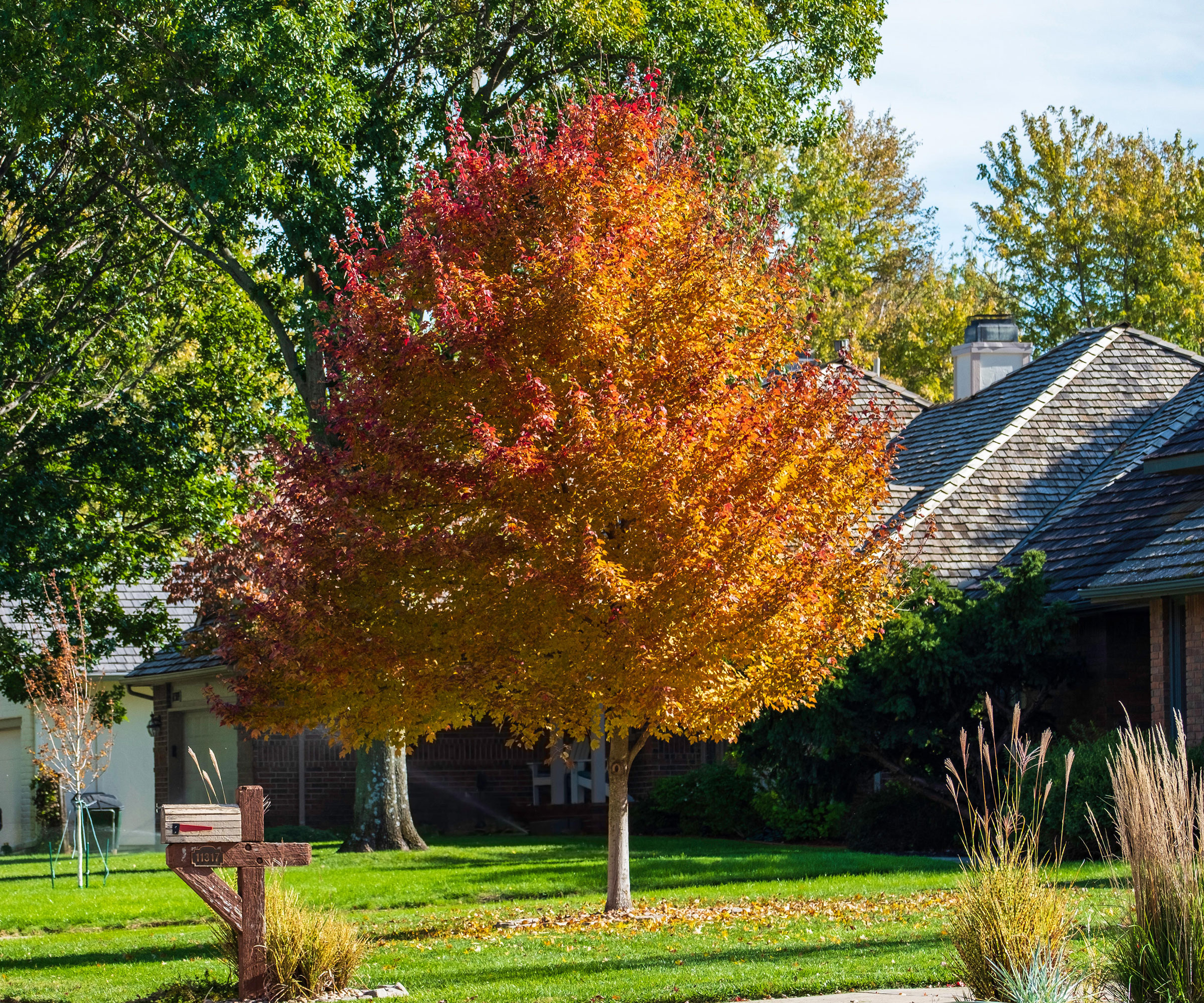
Maple trees thrive in sandy soil
9 of the best trees for sandy soil
Sandy soil will happily accommodate a range of beautiful trees, especially if you improve the texture by digging in organic matter before planting. Once you have improved the soil health this will help the moisture-retaining ability of the soil too.
'When working with sandy soil, I always encourage looking at pioneer species,' says tree expert Matthew Rowlings. 'These are nature’s trailblazers, the resilient, low-maintenance trees that naturally establish themselves in challenging environments, making them ideal for sandy, nutrient-poor soils.'
We asked some of our favorite tree experts for their recommendations for the best trees for sandy soil, and here are the varieties that made it onto the shortlist.

Matthew Rowlings has a degree in biology from the University of Florida and is an Active Florida Master Gardener. He has 9+ years of hands-on experience with growing, propagating and grafting ornamental and tropical fruit trees on his 0.15 acre suburban lot.
1. Honey locust tree
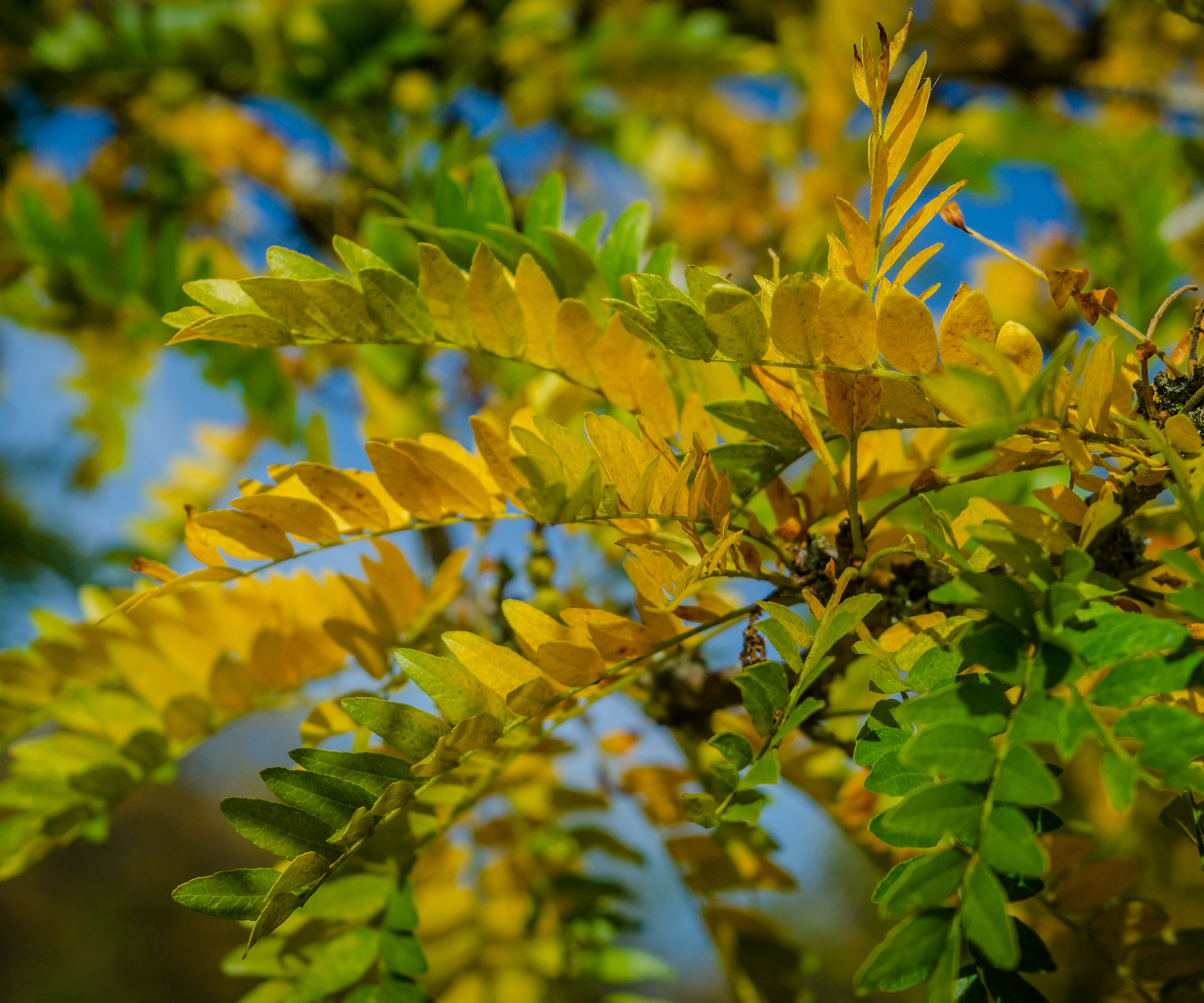
If you're looking for one of the best statement trees to suit sandy soil, as well as adding color, structure and seasonal interest to the garden, consider the honey locust tree (Gleditsia triacanthos). A very pretty tree variety with soft feathery foliage that turns deep yellow in fall, this US native is a good choice if you have a large garden and live in US hardiness zones 4-10.
Design expertise in your inbox – from inspiring decorating ideas and beautiful celebrity homes to practical gardening advice and shopping round-ups.
'The honey locust tree is very tolerant of a wide range of soils, including sand,' says landscape designer Alex Betz, founder of Plant By Number. 'It thrives in well-drained soil and does not require high organic content.
'Its deep and wide root system allows it to draw water from deeper underground layers, which is ideal in sandy areas where surface water drains fast. As a bonus, its leaf litter decomposes quickly, improving soil structure and fertility over time.'

Alex Betz is a landscape designer, plant expert, and the creative force behind Plant By Number. He launched his company to simplify the often overwhelming process of landscape design. Drawing from his early experience as a professional landscaper, he saw the need for a more efficient, user-friendly planting method, and set out to create one.
2. Silky oak tree

'I designed and farm our 3 acres of sandy soil at La Puma Farms,' says John La Puma, a regenerative organic farmer in Santa Barbara, CA. 'It's a sand dune that never made it to the Pacific, a mile away. Our farm is certified organic for 20 different crops, and we grow many natives and pollinator plants for beauty and productivity.'
John recommends red silky oak (Grevillea robusta), a striking evergreen tree that copes well with poor, sandy soils. 'Its exotic, spider-like blooms are both ornamental and bird-attracting, making it a lively inclusion in wildlife gardens.'
This tropical looking evergreen tree is one of the best fast-growing flowering trees and thrives in zones 9-11. It can reach a mature height of up to 40ft, and enjoys full sun to thrive, in addition to well-draining soil. Its deep root system allows it to access water and nutrients from deep within the soil.

John La Puma is a physician and regenerative organic farmer at La Puma Farms in Santa Barbara, CA. Certified in permaculture and a California naturalist, he teaches the first skills-based nature-as-medicine continuing medical education workshop for physicians with UCLA School of Medicine.
3. Northern bayberry
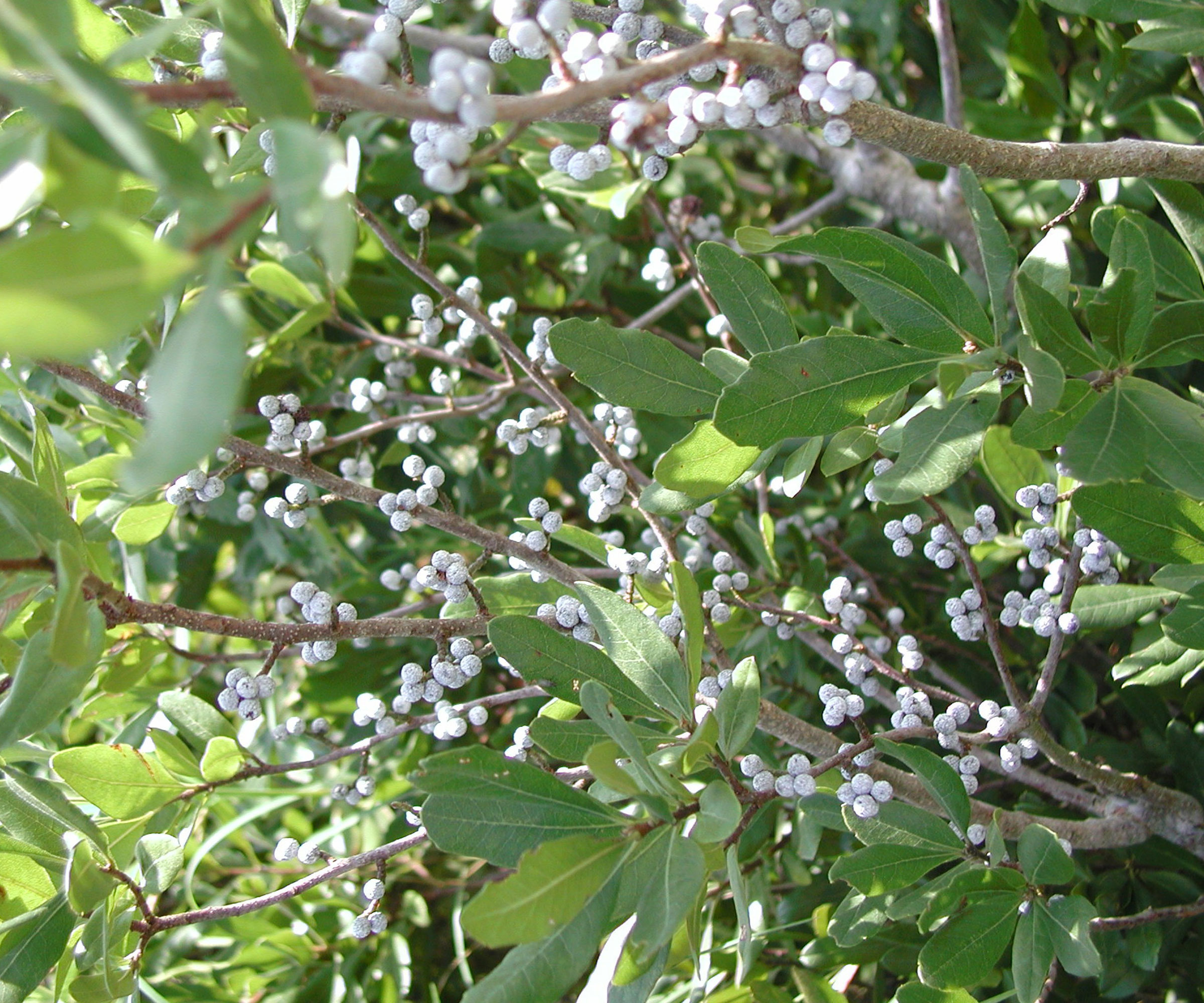
'We love using this tree for beachfront properties,' says tree expert Alex Bluedorn of LaGuardia Design, based in The Hamptons. 'It’s not fussy, looks great in mass plantings with beach grass, and adds a beautiful dimension when set against modern architecture. Additionally, older specimens can act as a small tree flanking an entry or framing a view.'
Northern bayberry (Morella pensylvanica) is a tough salt and drought tolerant plant. It can be grown as a shrub or small tree, reaching 5-10ft high, and grows best in sandy, acidic, well-drained soil in full to part sun. Find Northern bayberry here at Nature Hills.
Indigenous to the Eastern US and Canada, Northern bayberry occurs from southern Newfoundland to the coastal plains of North Carolina and inland as far west as Ohio (zones 3-8). 'It grows readily in the coastal dune environment with its salt spray tolerance, making it particularly useful for waterside projects and dune stabilization,' explains Alex. 'It's adapted to nutrient-poor soils with its ability to fix nitrogen, enriching the soil and allowing other native plants to colonize and grow.'
Northern bayberry can be planted along the coast, in woodland edge gardens, as a privacy screen, along pathways and driveways or in parking lots. The waxy fruit is an important food source for birds, and their persistence in the winter months is an additional bonus.

Alex was born and raised on Eastern Long Island and joined LaGuardia Design in 2009. While attending University, Alex was a teaching assistant for courses in plant identification and landscape design theory. He was the 2008 recipient of the Rhode Island ASLA Merit for excellence in the study of Landscape Architecture. Alex is an ISA Certified Arborist and a member of the New York State Arborists.
4. Eastern red cedar

'The Eastern red cedar (Juniperus virginiana) is an excellent example of a resilient pioneer species,' says Matthew Rowlings. 'Not only is it drought-tolerant and tough as nails, but it's dense evergreen foliage also acts as a natural windbreak and privacy screen, making it perfect for coastal or open properties. It’s a tree that thrives on neglect and improves the soil over time, laying the groundwork for future plantings.'
Pioneer species evolved to survive in extreme conditions, so they often require very little in terms of care or soil amendments. 'That said, if you’re unsure which pioneer trees are native to your area, a quick call to your local university extension office can be a game-changer,' advises Matthew. 'They’ll help you find regionally appropriate species that are as tough as they are beautiful and that will work for your specific landscaping needs.'
This columnar tree is one of the easiest evergreen trees to grow and can reach a height of up to 50-100ft. It has small round blue-green fruits in fall. Hardy in zones 2-9, it's widely distributed from Canada to Florida and west to Texas. It also makes it on to our list of the best North American native trees.
5. Red maple

'Another favorite of mine that's one of the best trees for sandy soil is the native red maple (Acer rubrum),' says Matthew. 'It's one of the most adaptable trees in the landscape, capable of handling a range of conditions including sandy soils, especially when some moisture is present. As a pioneer species, it establishes quickly, provides that iconic fall color, and requires minimal maintenance once established.'
Suitable for zones 3-9, this ornamental beauty is one of the best varieties of Japanese maples if you're looking for height as it can grow 40-100ft tall, so think about the mature size of the tree before deciding where to put it. Find red maple trees here at Nature Hills.
6. Japanese black pine
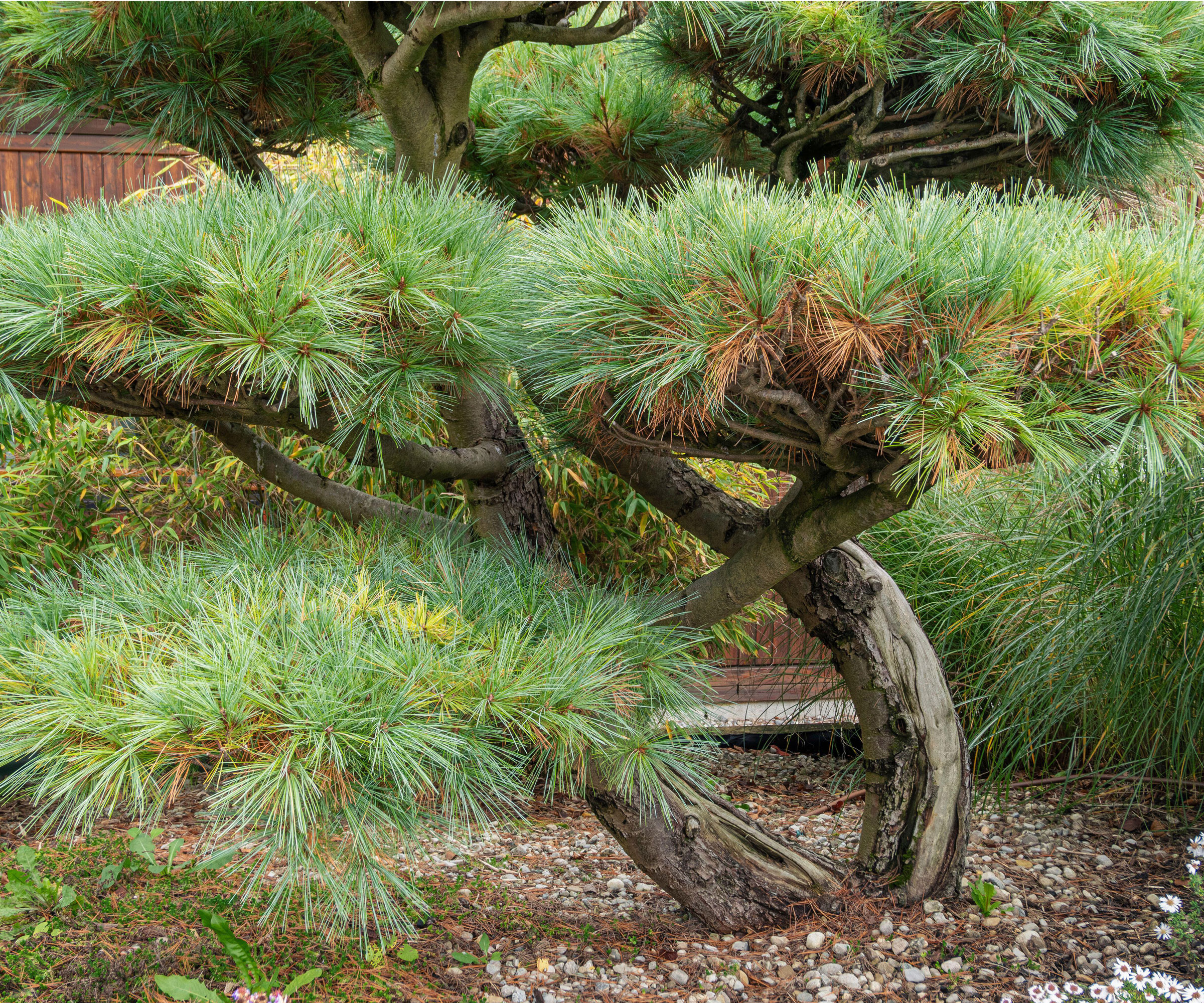
'Sandy soils tend to be well-draining, which helps prevent root rot, but they’re also low in nutrients and moisture retention,' explains arborist Tim Spence. 'That’s why choosing trees that thrive in fast-draining soils and are not overly dependent on nutrient-rich soils is key.
'When working with sandy soil conditions, my go-to ornamental tree is Japanese black pine (Pinus thunbergii). It thrives in sandy coastal areas. It’s sculptural and salt tolerant. One of my favorite choices for a modern or minimalist garden design, its dark green needles contrast well against lighter landscapes.'
Japanese black pine grows from 20-60ft tall, and is found primarily throughout the eastern US, where it has traditionally been planted along sea shores. It thrives in zones 5-8, and is a popular tree for landscaping design.

Tim Spence is an ISA and a TRAQ-certified arborist who runs the tree business Arborist Halifax based in Nova Scotia, Canada. Originally from Cape Town, South Africa, after moving to Canada he began an apprenticeship under the mentorship of a group of skilled arborists in the Canadian Rockies. He combines theoretical knowledge with practical skills and years of experience to deliver high-quality tree work.
7. Desert willow
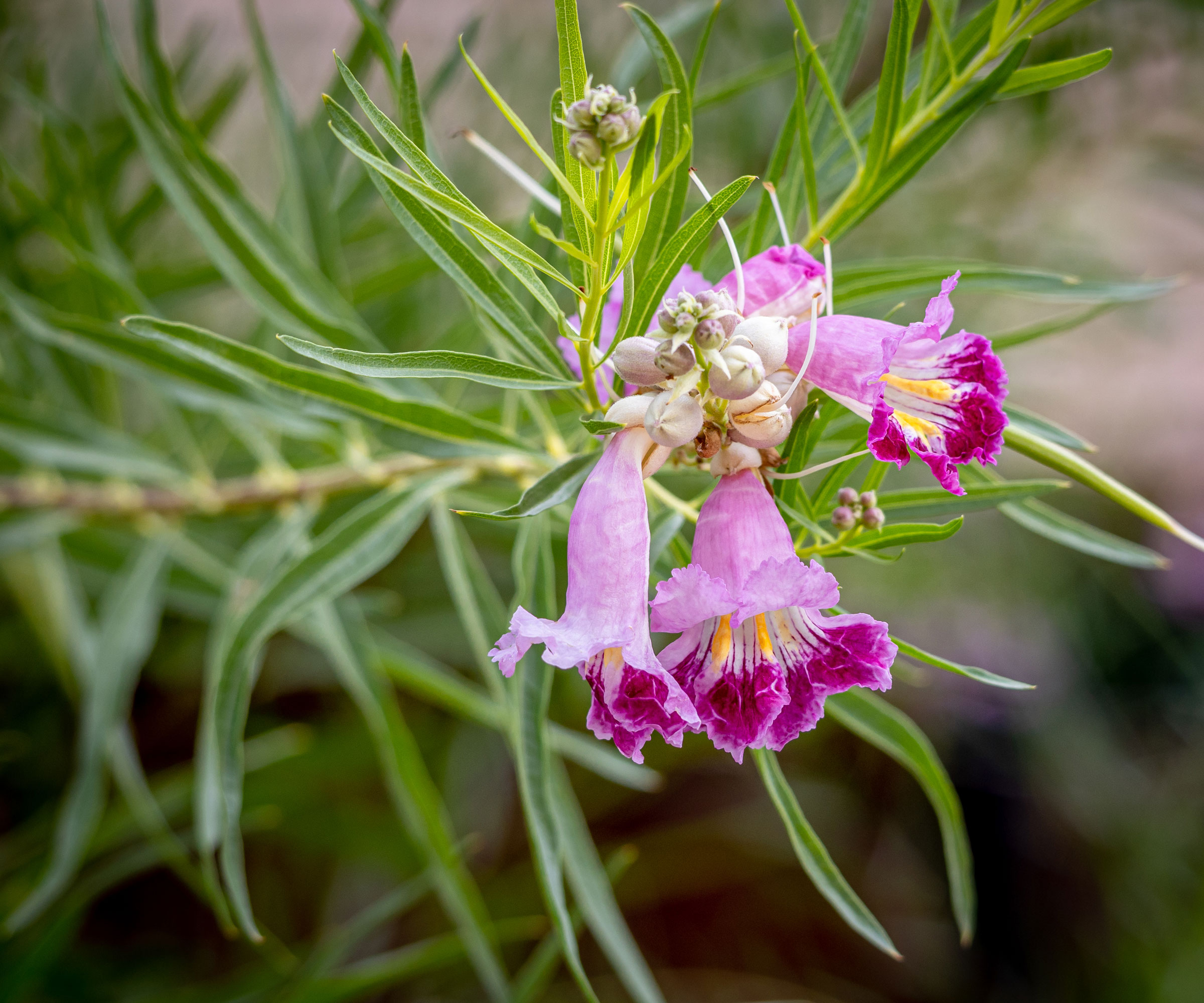
'Desert willow (Chilopsis linearis) is an excellent choice for one of the best trees for sandy soils,' says David Birkes, a Texas-based contractor with a strong focus on resilient outdoor spaces. David has worked extensively with landscaping professionals on integrating plants into sandy soil environments, especially in Texas where challenging soil and drought conditions are common.
'This tree variety tolerates sandy soils extremely well and offers elegant trumpet-shaped flowers that bloom over an extended period. Aside from aesthetic appeal, it’s highly drought-resistant and works well for providing light shade in outdoor living spaces.
I’ve seen these plants used successfully in both residential properties and outdoor living projects, creating landscapes that are as functional as they are attractive.'
Desert willow thrives in zones 6-9, and grows to a mature size of 18ft. It's a great choice for wildlife, attracting birds, butterflies and bees.

David Birkes is the owner of the Birkes Builders General Contracting Company in Dallas, TX. He has over 10 years experience in business and is dedicated to bringing the construction industry into the 21st century.
8. Pittosporum
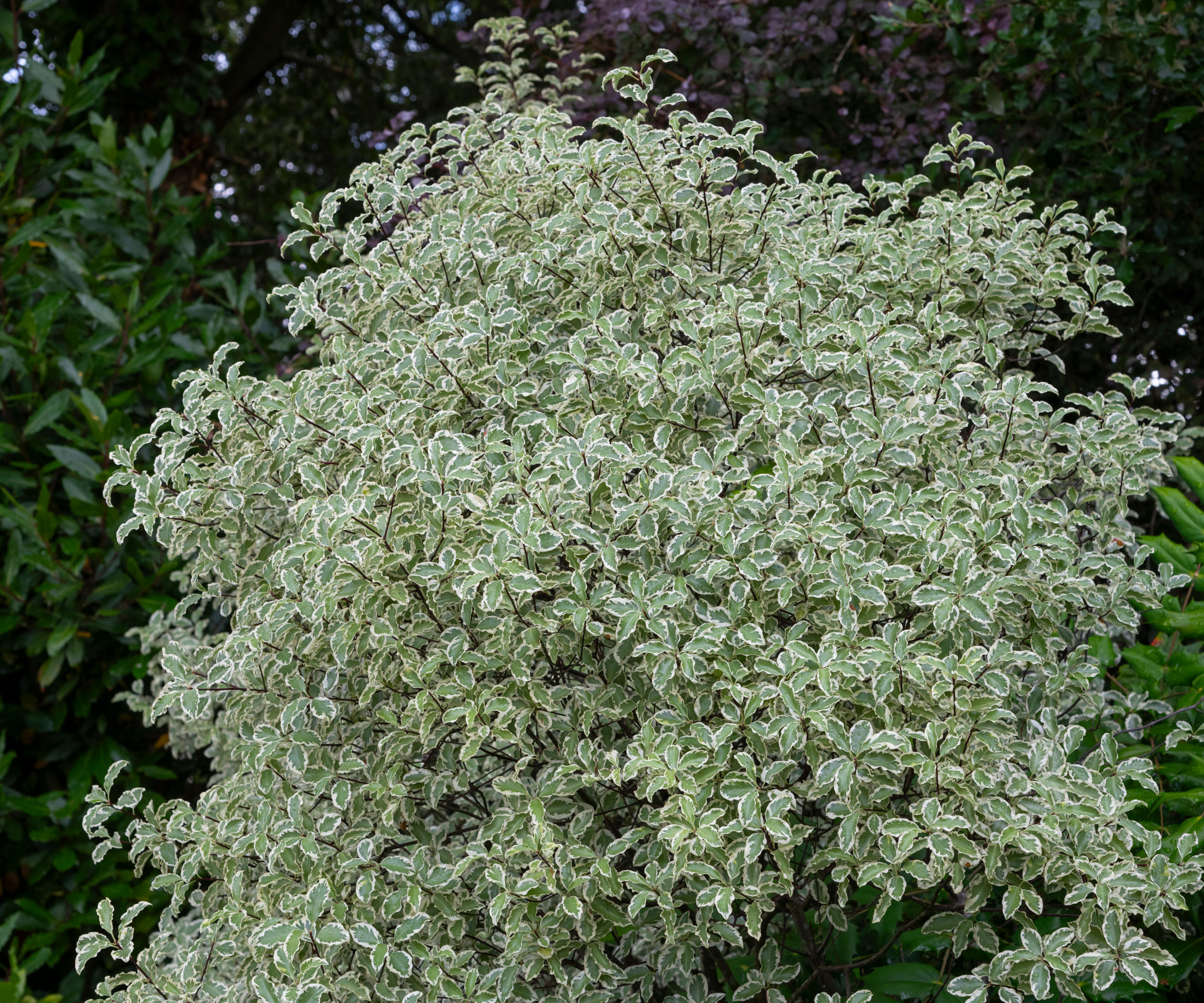
These versatile evergreen shrubs can also be grown as small trees that add ornamental value to the garden landscape when clipped into shape. They are one of the best trees for sandy soil if you're looking for a low-maintenance option in zones 7a-10b.
'Pittosporum is an attractive evergreen shrub prized for its unique foliage, dense growth habit, and ability to take well to pruning, making it ideal for foundation plantings and hedges in sandy soil,' says Linda Vater, garden expert for Southern Living® Plant Collection.
'Varieties like Mojo® Pittosporum available from Southern Living offer the additional visual appeal of variegated foliage, bringing brightness to the landscape.
'Many areas with sandy soil also contend with salt. Pittosporum delivers on both fronts, thriving in well-drained sandy soil and tolerant of salt, making it an excellent choice for coastal landscapes.'
See the wide range of pittosporum varieties available from Walmart.
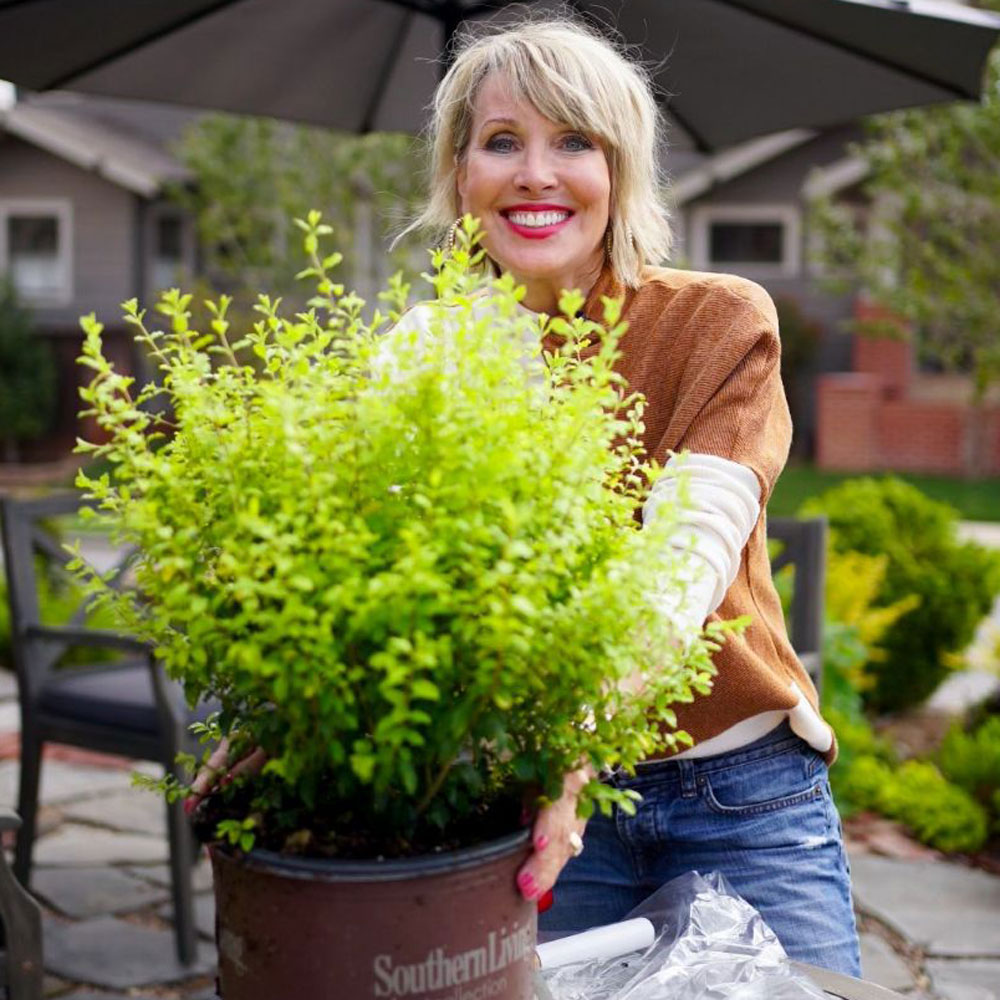
Linda Vater is a self-taught garden designer, stylist, and content creator who views all of life through a gardening lens.
9. Kentucky coffeetree
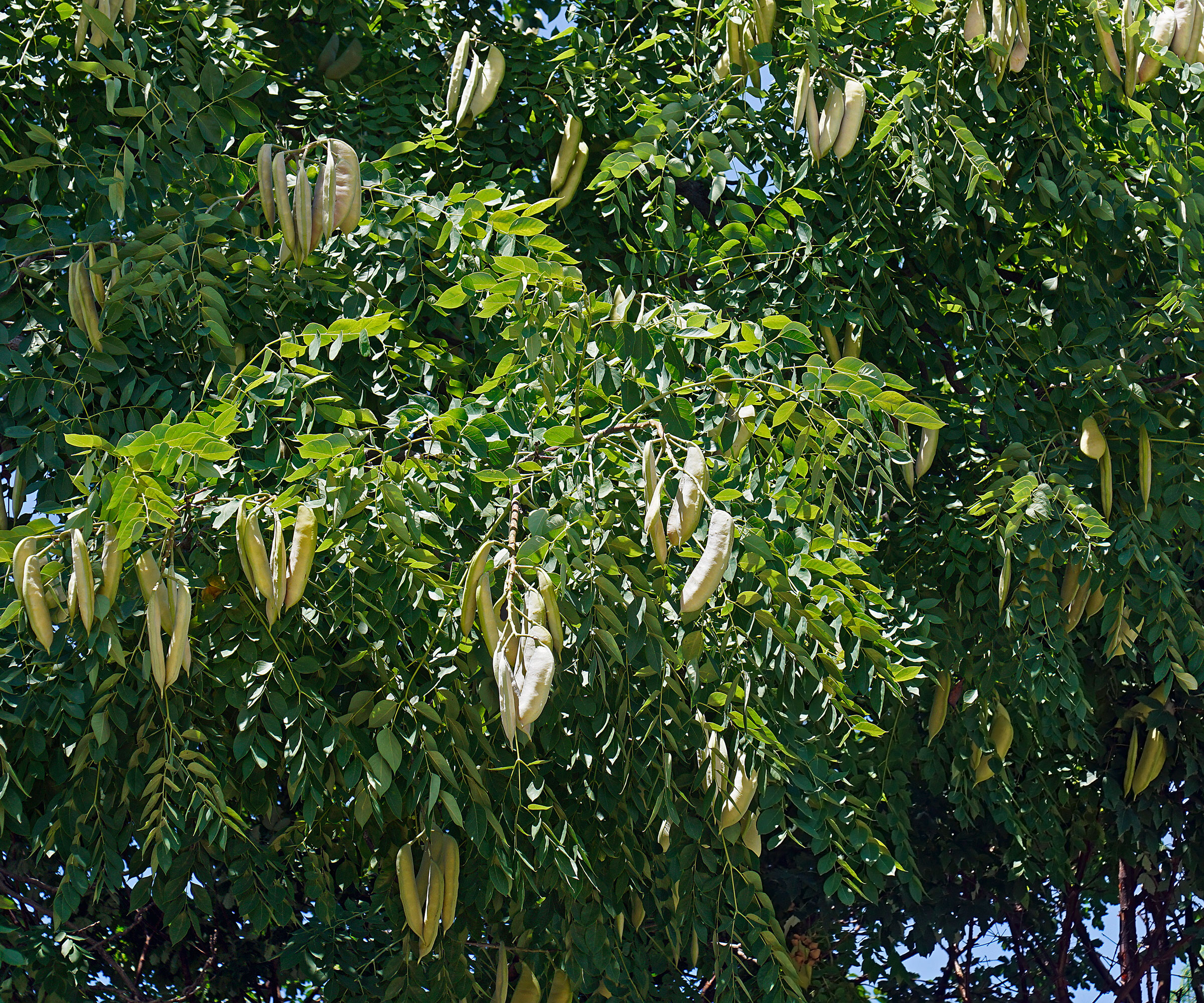
This large tree (Gymnocladus dioicus) is native to the South-eastern United States and tolerates a large range of soils but thrives more in sandy soils. 'It has large, blue-green compound leaves which make it attractive in the landscape and provide ample shade for your garden,' says tree expert Lawrence Law. 'They grow up to 80 feet high at maturity, and have high resistance to drought, flooding, salt, pests, and disease, making them an ideal choice if you're looking for a relatively maintenance-free tree.'
The species gets its name from the large seed pods that resemble coffee beans. 'If you don’t want seed pods in your yard there are many cultivars commercially available that don’t have them such as ‘Espresso’, ‘True North’, and ‘Skinny Latte’,' explains Lawrence.
'Kentucky coffeetree is a legume so it will help the other plants in your yard by fixing nitrogen into the soil to make it available for your surrounding garden. The tree likes full sunlight and is a perfect US native for your garden.'
Thriving in zones 3-8, the female trees have clusters of pale greenish-white star-shaped flowers with a rose-like fragrance. It also makes it on to our list of the best drought-tolerant trees.

Lawrence Law is an Urban and Community Forester with the Michigan Department of Natural Resource’s Urban and Community Forestry Program (MDNR UCF for short).
Now you know about the best trees for sandy soil, find out about the best magnolia trees and the best rowan trees, which are also good choices for sandy soil.

Lifestyle journalist Sarah Wilson writes about garden design and landscaping trends for Homes & Gardens. She has studied introductory garden and landscape design, and also has an RHS Level 2 qualification in the Principles of Plant Growth and Development. She is a regular contributor to Homes & Gardens and Livingetc. She has also written for Country Living, Country Homes & Interiors, and Modern Gardens magazines